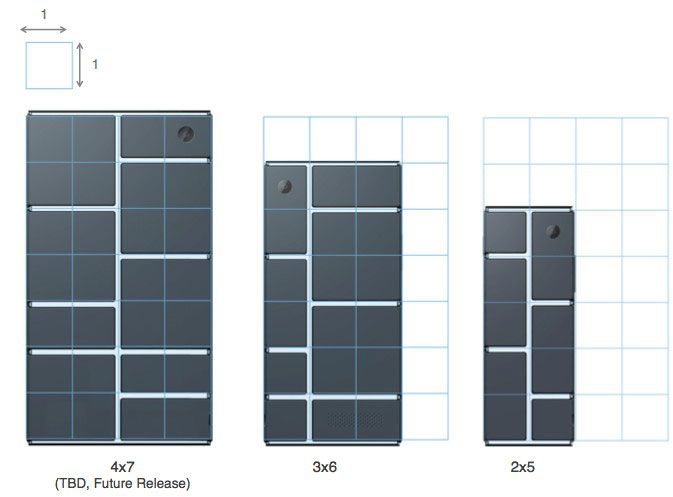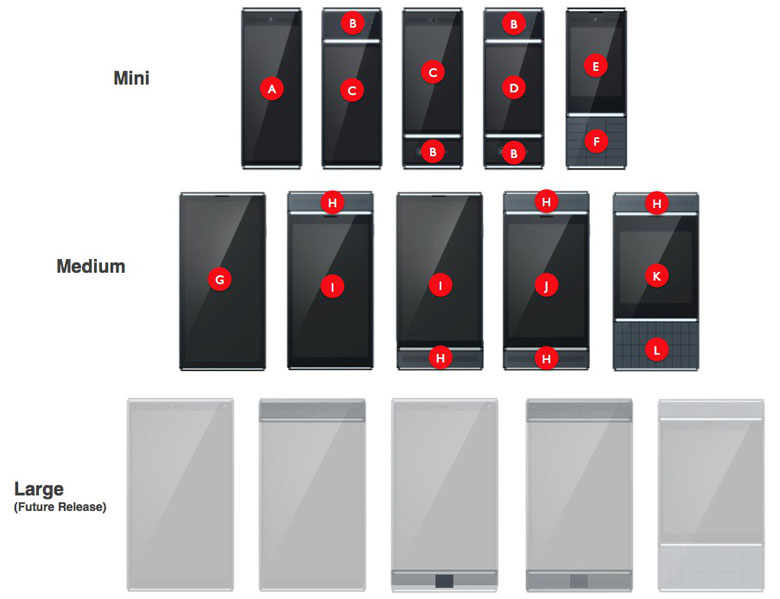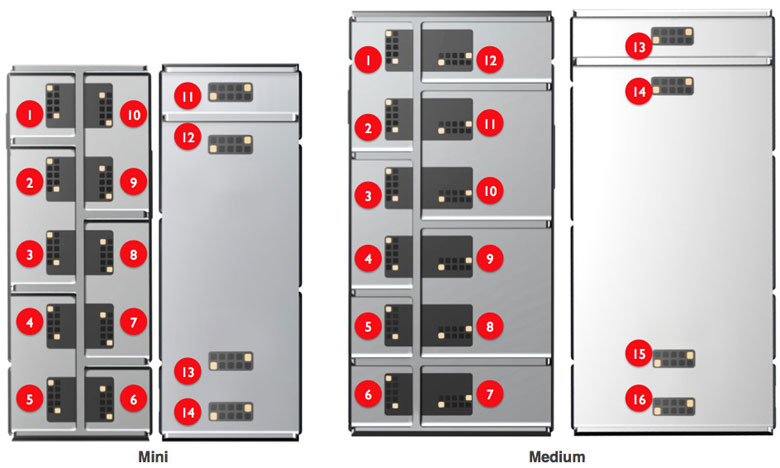
 |
| Render of how Phoneblocks would look. |
Remember Phoneblocks? If not, refresh your memory by watching these videos. If you haven’t heard about it watch these videos.
Now, you should have a fair understanding about what Phoneblocks is, a modular smartphone. Imagine if your smartphone was like your gaming rig, where you could replace a aging GPU or a broken RAM or anything else (I hope you got my point). The principle is rather simple: there’s an endo(skeleton), which is the main piece of the phone holding all the parts in place, and the modules. Modules can be anything, really, from an application processor to a keyboard, display, battery, storage, etc. Think of it as pieces of a puzzle where you build your phone to suit your specific hardware needs.
Some time later, Motorola (then under Google) announced that it had been working on a modular smartphone project called Project Ara. To make this project more successful, the guys at Google recruited the guy behind Phoneblocks. Earlier this year, Google sold most of Motorola Mobility to Lenovo but retained many patents and one division, Advanced Technology Group, the group which worked on many out of the box projects like this one. Since then, Google became the backbone of Project Ara.
 |
| This is what Google wants Ara to look like... |
 |
| An assembled Ara. |
The kit covers design guidelines, describing valid module dimensions, internal construction, and layout for power/communication pads. All Ara modules are based on a series of squares, and below you can see how these squares come together to form the various endo frames that will be available. Even within those general sizes, there can be a number of options for endo design, supporting different numbers of, and different sizes of individual modules.
It’s all a great read for really tech-minded smartphone fans, describing cool features like just how those electropermanent magnets are switched on and off to hold modules in place. That Ara dev conference kicks off next Tuesday, so be sure to swing back around next week to check in with us for the latest Project Ara news.




No comments:
Post a Comment